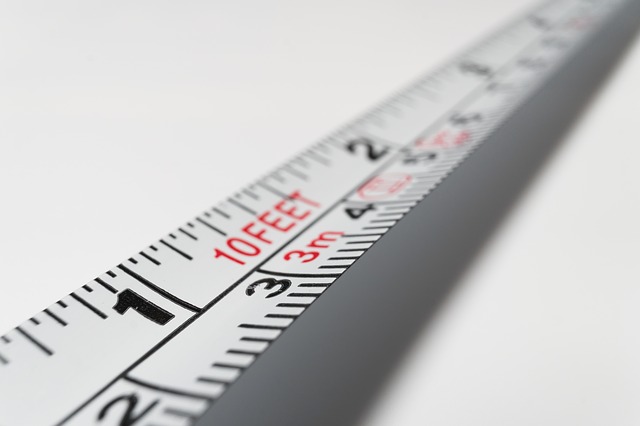
 Written and contributed by Cynthia Sarver, Successful Options Trader of the Month – February 2016
Written and contributed by Cynthia Sarver, Successful Options Trader of the Month – February 2016
In light of my last blog on how to become an expert, I thought I’d write a bit about how to know if you’re improving. It’s actually harder to do than you’d expect since one key to knowing if you’re improving is having a baseline against which to compare. What sort of baseline is there? I recently had the fun of engaging in a spirited conversation on our Skype group about whether comparing your results to the website had any value.
Of course it does.
And of course it doesn’t.
As usual, the answer is that “it depends”. (Isn’t that always the case? Makes you wonder what DOESN’T depend, doesn’t it?) In any case, one of the challenges in trading is how to measure improvement. Are you really getting better? Is all of your quality time that you’re spending making a difference? How do you know?
It’s simple to fall back on the one easily quantifiable thing – profit/loss – but that’s a really, really bad measurement. One obvious example is someone who has GREAT returns (in the short run) by taking on way too much risk (in the short run, because in the long run the person will be broke). Returns are only useful when measured against something. So why not compare to last month’s returns? You especially don’t want to do that because the market may have been very, very different.
Enter the website trades. The website trades have a number of advantages for use as benchmarks. One is that they’re paper trades. (I can hear you out there already – “Yes! They’re paper trades so they’re completely USELESS as comparators!”) Ah, but consider this – when do you trade the very best? The most dispassionately? The closest to your plan?
It’s when there’s no money on the line. When you’re back-testing and paper trading, it’s SOOOOO much easier to follow your plan, isn’t it? And while I know that John is absolutely rabid about following his plan, he is still human. (I think. Sherri assures me that he is and I have no reason to doubt her.) I would imagine that he, too, finds it even easier to follow his plan when there’s nothing at stake. His paper trades follow the guidelines of his trades. No more, no less. No deviations. (You’ll even hear him say during the webinars, “Now, if this were REAL money, I’d NEVER do this but we’re going to follow the guidelines.” Yep, it’s easy to do when you don’t have anything to lose.) So the website ignores opinions, emotions, market movement and changes, upcoming financial events, elections and other fun things. It is traded exactly according to the plan.
The website is also a good, straightforward baseline to help determine if your changes to the basic trade plan actually IMPROVE your results over the long run. (Because we’re all in it for the long run, aren’t we?) It’s easy to go back and change the plan based upon a single month’s results, but how does that change your overall profitability if you do it each time? Check it against the baseline.
It’s also a simple way to tell if it’s you. If I lost a few bucks this month but the website trade was down BIG, then it’s just one of those months where the trade struggles. (Knowing where the trade struggles is a great place to start modifying your plan, as well.)
“But what about the website SLIPPAGE!”
I hear you – no reason to yell. Here’s my response: Ignore it.
Since the website enters, adjusts and exits the trade precisely at 3:30 ET, the pricing that it gets is hit or miss. Sometimes better, sometimes worse. When you’re trading, do you REALLY put on the trade precisely at 3:30? Or do you wait until you get decent pricing? If you’re making an effort to get good pricing, you’ll probably beat mid. Granted, there are months when mid-point seems impossible but on average, it all nets out.
And finally, it’s a great ego boost. After all, the website trade is strictly by guidelines. Going back to the “I wouldn’t do this with REAL money” comment, just backing off when it’s something silly (the RUT has been screaming down a gazillion points and yet guidelines say TODAY is the day to enter a bearish butterfly, for instance) should help you beat the website on a regular basis.
“How do I know if I’m getting better?” has many answers; only one of which is “what are your returns?” and that one, of them all, can be the most misleading. Comparing against a baseline is the easiest and surest method to let you know for sure.
Written and contributed by Cynthia Sarver, Successful Options Trader of the Month – February 2016

Leave a Reply
You must be logged in to post a comment.